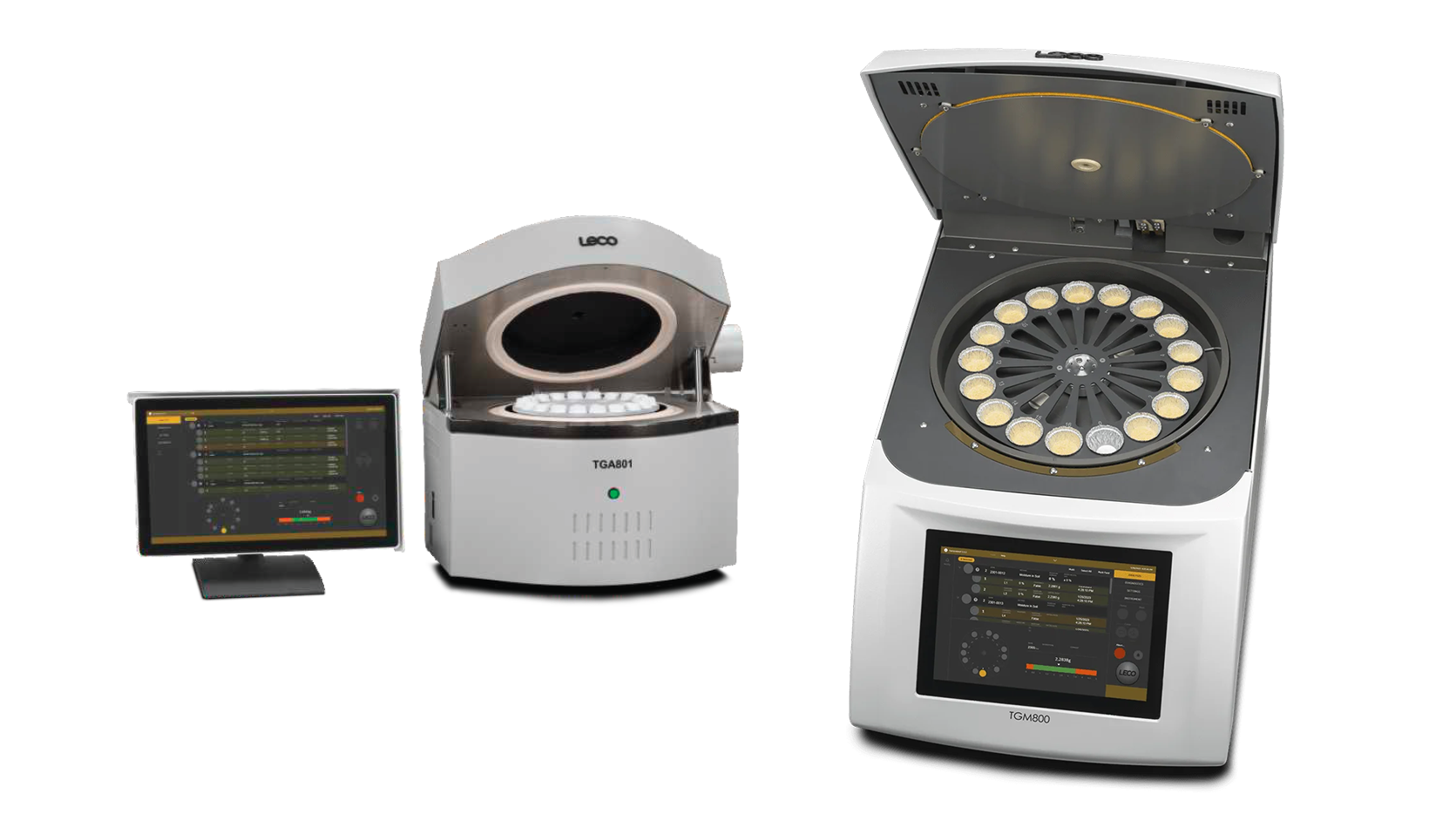Understanding the moisture levels in soil is essential for plant growth. In addition to being a vital factor in photosynthesis, the moisture in the soil acts as a carrier for essential nutrients like nitrogen and carbon.

Image Credit: LECO Corporation
Understanding the moisture content in the soil is essential for effectively balancing nutrient density and addressing moisture-related issues. While traditional manual drying methods have been rigorously tested in laboratories, they may seem outdated in today's labs, where efficiency is paramount.
The standard approach to moisture testing in soil and plant material involves oven-drying techniques. These methods require sizable samples, up to 50 g, to be manually weighed and dried at 105-110 °C for four hours to ensure complete dryness or a constant mass.
There are several ways a modern chemist can enhance this method. Simply measuring the samples requires additional equipment and, consequently, more workspace.
Transferring samples from the balance to the oven and back introduces more human contact and exposure to the outside atmosphere, increasing the potential for errors or biases.
The hygroscopic materials used during sample measurements may reabsorb moisture, leading to distorted results.
The manual recording of information is susceptible to typos or misread notes, and even if the data is error-free, the manual recording and graphing of data points consume a considerable amount of time. Any measure to speed up the analysis time is crucial in today's fast-paced environment.

Image Credit: LECO Corporation
The LECO TGM800 and TGA801 address these method improvements comprehensively. Both instruments streamline the process by serving as single units capable of handling all aspects of moisture analysis. Notably, the TGM800, even more compact than a standard drying oven, further reduces workspace requirements.
The instrument is initially loaded with empty crucibles, which are then weighed. Subsequently, the crucibles are filled with samples logged into the system. The instrument takes charge of weighing, measuring, recording, and graphing all the data.
The Cornerstone® brand software automatically records results and presents them in a real-time graphical format during the analysis.
Since all weighing and measuring processes occur internally within the instrument, samples can be weighed at temperature, eliminating the need for additional materials that might interfere with the results.
The analysis can be conducted until samples reach mass constancy, typically defined as a change of less than 0.1 mg over nine minutes, providing at least three data points from a single sample.

This information has been sourced, reviewed and adapted from materials provided by LECO Corporation.
For more information on this source, please visit LECO Corporation.